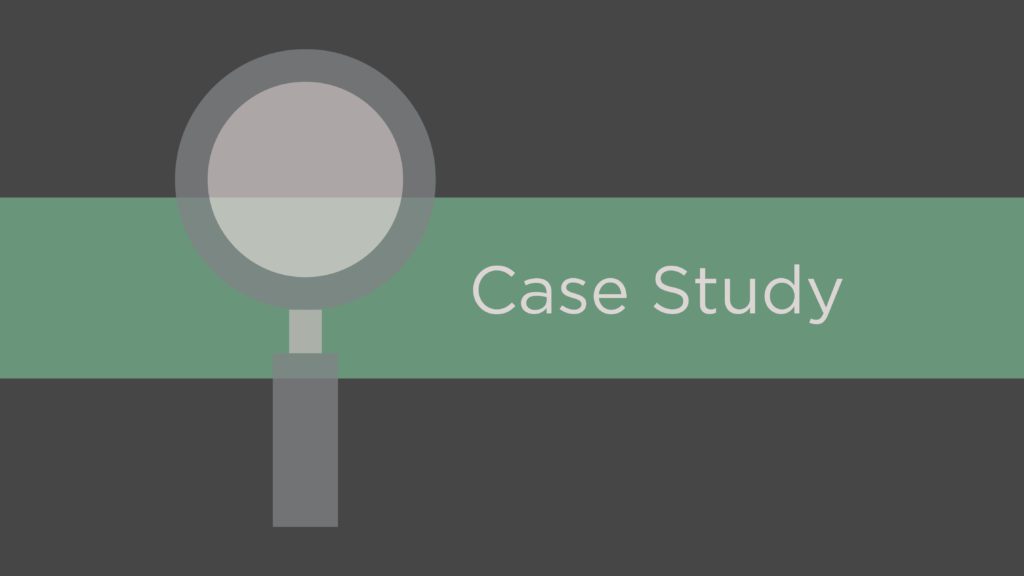ETFs have become popular in this century, due largely to relatively low expenses and tax efficiency. As the name indicates, ETFs trade like stocks, on an exchange, as opposed to mutual funds, which typically are bought from and sold to the sponsoring company. Often, ETFs track a particular market index.
Less publicized these days are what might be considered the original ETFs, known as closed-end funds. Closed-end funds also issue a certain number of shares, which trade between investors on a stock exchange. Rather than mimic an index, closed-end funds usually are actively managed in an effort to deliver superior returns to investors.
The case for closed-ends
Should investors put money into closed-end funds? Perhaps. Some closed-end funds have excellent long-term records, including some that specialize in a certain area, such as a single foreign country’s stocks.
In addition, specific features of these funds might appeal to investors. For instance, closed-end funds frequently trade at a premium or a discount to net asset value (NAV).
Example 1: CEF closed-end fund holds stocks of various companies; the current market value of those shares is $100 million. Ten million shares of CEF are outstanding. Thus, the NAV of CEF is $10 per share ($100 million divided by 10 million).
Nevertheless, CEF now trades at $9.25 a share: a 7.5 percent discount to its NAV. Over the past year, CEF has sometimes traded at a larger discount, sometimes at a smaller discount, and sometimes even at a premium to its current NAV.
Among the universe of closed-end funds, it is typical for investors to see a range of premiums and discounts, which can change at any time. Some investors will study a desirable closed-end fund for some time, observing its discount/premium range. When the fund is nearest its widest discount to NAV, there may be a buying opportunity and a chance to profit if the discount narrows, beyond the normal profit potential of investing in securities. There also is risk – if the discount should become even larger, in addition to the usual market risk that a share price might drop.
Using leverage
In addition, buying closed-end shares at a discount can raise the dividend yield to investors. If CEF holds companies with an average dividend yield of, say, four percent, and investors can buy at a 10 percent discount to NAV, the dividend yield would go up to 4.44 percent: an annualized 40 cents a share, on a $10 NAV, if CEF is purchased at $9 a share.
Some closed-end funds go even further to boost yields to investors. They use leverage to buy more shares, perhaps by borrowing money or issuing preferred shares or using other tactics. Closed-end bond funds may be likely to follow such a plan.
Example 2: LEV closed-end fund issues $100 million worth of common shares and leverages the fund by issuing $50 million of preferred shares, paying three percent to investors. Then, LEV uses the total $150 million raised to buy municipal bonds with an average yield of five percent.
The $150 million of municipal bonds will pay $7.5 million a year in interest at five percent. LEV will pay $1.5 million to its preferred shareholders: three percent of $50 million. That will leave $6 million ($7.5 million minus $1.5 million) for investors in the common shares. The latter investors will get a six percent return on their $100 million outlay, even though LEV holds bonds yielding five percent. Leverage can benefit investors, but such practices also can add to losses in a down market, so investors should proceed with care.
Information about these funds is available from the Closed-End Fund Association.

